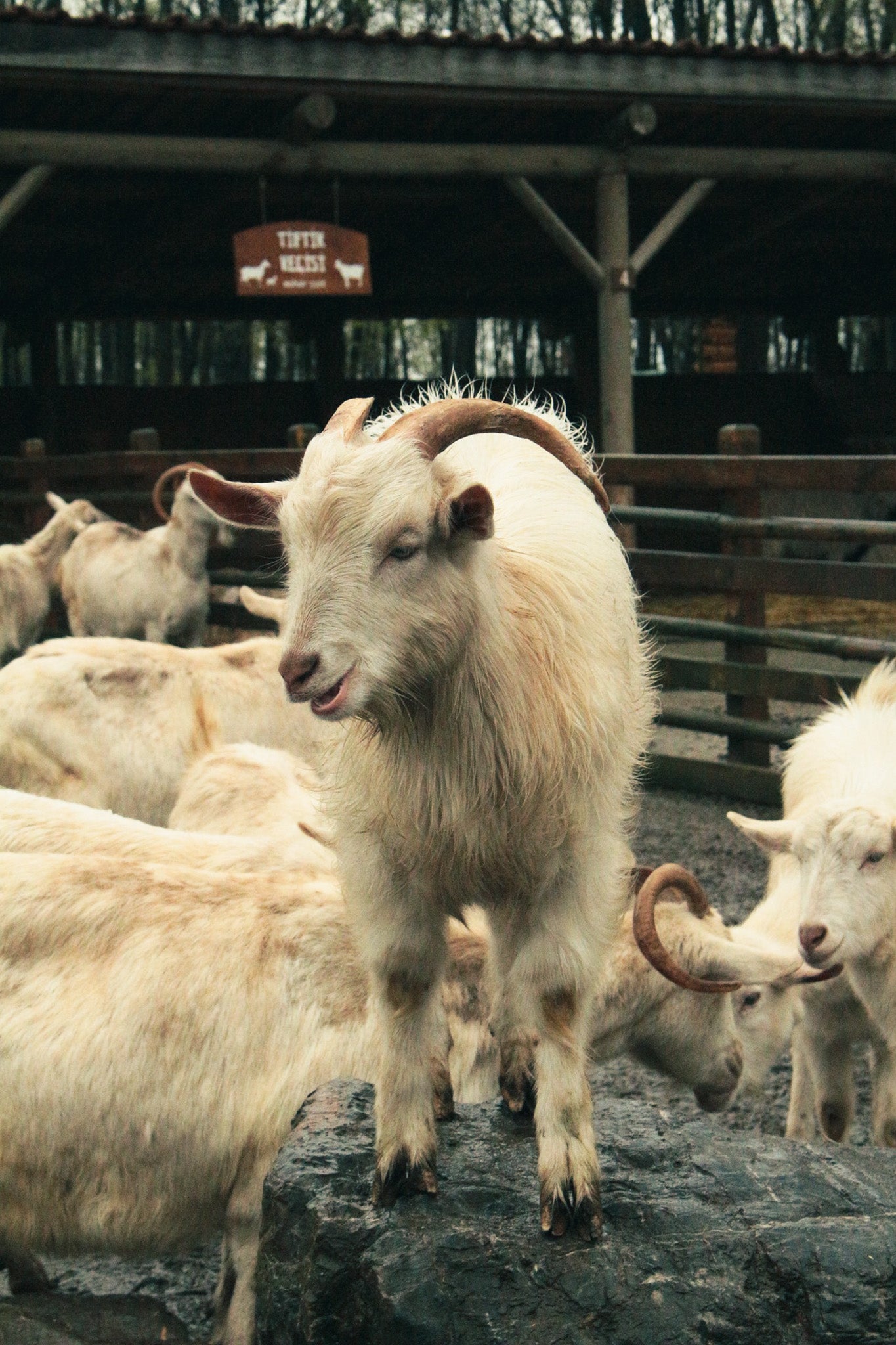SIIRT BLANKETS
Siirt blankets are flat weaves made of finest Mohair wool. Research indicates that the domestication of Angora goats and the use of their wool for weaving started thousands of years BC in Turkey and Iran, where the climate is ideal for these goats. The blankets' main characteristic is their long pile, which is combed into diamond shaped, almost three-dimensional patterns.
We believe the blankets are ideally used as wall art, as the chequered design is best seen from a certain distance. Their wooly appearance brings great warmth and cozyness into any room.

IS IT ETHICAL TO USE MOHAIR?
Some fast fashion producers like ZARA banned Mohair from their stores after PETA published a report about goat abuse on large farms in South Africa.
Our Siirt blankets have been used for some years by Turkish families, and we acquire them through our partner, who collects and preserves old handicrafts as a hobby. Therefore, we are unable to trace back to the farm where the goat was shorn years ago. Considering the history of our product, we find it extremely unlikely that our Mohair comes from any large commercial farm. We see no problem in enjoying our blankets and like to highlight that domestication and shearing of goats is a tradition that most likely evolved around 10'000 years ago in Anatolia (Turkey) and Iran.





